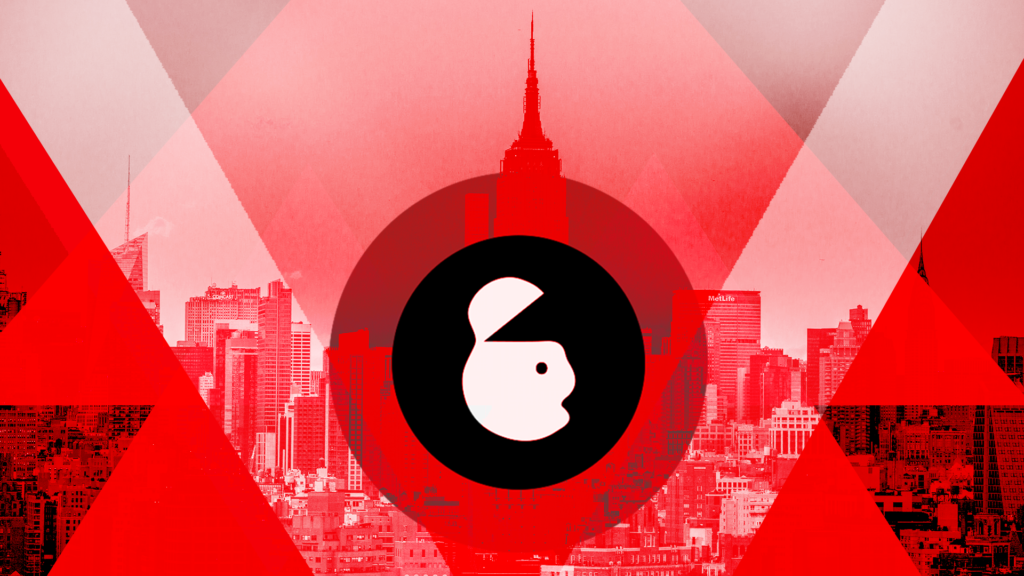Social and economic shifts are inspiring brand creatives to reimagine old ideas about audience, inclusion, leadership and the role of marketing in the world. Here are some of the best quotes from one of our favorite sessions.
Brand Experience is the New World Order explored the intersection of brand identity, user experience and social media. Speakers included Kyle Luke, group director, strategy at VMLY&R; Kelley Myers, director of social media at Microsoft; Paige Raiczyk, strategist at Berlin Cameron; and Jonathan Kratz, director, head of industry – technology, mobile and connectivity at Meta.
- The role of social media channels and how audiences relate to them has fundamentally changed, and marketers should understand how that impacts their work.
“Social media is more than social media if you think about it. TikTok is now an entertainment platform. Facebook recently rebranded its entire organization around the metaverse. YouTube is the world’s second-largest search engine. What we’re finding in our experiences is that the more closely connected audiences become to brands and the more closely connected brands become to audiences, the more social media is turning into a real-time brand experience. And it’s absolutely not just something that you add on, but it has become critical to any sort of successful brand campaign or strategy.” — Kyle Luke
- Forward-thinking brand marketers look at creator and influencer relationships as essential to brand-building.
“Social media [is not] this monolith that we’re going to check a box on. … [So] how do we go about future-proofing our investments and brand [and] do that in places where we know the next audience is going to show up? I think when we talk about audiences … and where people are going, creators offer us another venue into that space. They have high authenticity; they have great passion points. And they definitely have a reach that we can’t get to sometimes.” — Kelley Myers
- Marketers are looking at social media platforms and the technology that connects to them as an aggregate “experience channel,” a way to drive impact at multiple touchpoints for their brands.
“… I think we all serve our interest in our business best by taking a step back and looking at the impact a tool or a platform can drive. For me, regardless of what bucket someone may have put them in years ago, [working with creators] is an area of major investment on our part in terms of facilitating the way brands can identify, interact with and leverage creators [to] drive their business on the platform. … Working with creators is a powerful way for you to kind of build brand love and do it in a really authentic and scalable way, as Kelley said.” – Jonathan Kratz
- Social media, commerce and culture often work together as an ecosystem. When consumers feel empowered and seen through one-to-one engagement, brands can build loyalty and boost conversions organically.
“I think one of the best platforms, in order to facilitate that one-to-one engagement from a brand-to-audience perspective, is Discord. We’ve actually built the biggest basketball community on Discord (for Stephen Curry in partnership with Under Armour). And we did that by identifying the end consumer through Twitter and listening to what they’re looking for in the community. So, I see one-to-one engagement, also, as a research platform to really get that firsthand kind of focus group knowledge from the consumer. I think the big takeaway is that platforms like TikTok, YouTube Shorts and anything content-related like that are really democratizing entertainment, and looking out at this beautiful audience, all of us are creators, all of us can be purveyors of entertainment just because we have phones in our hands. And so [seeing] how brands can leverage this is really exciting because we’re talking about community.” — Paige Raiczyk
- Social media can help brands connect to their consumers organically when online experiences are focused on community interests, not just brand messaging.
“I think social allows you to really speak to your audience from a community perspective, from a culture perspective and from a commerce perspective and do it all on the same platform and do it really organically. You earn attention by contributing and building community on these platforms, you earn attention by participating and building on culture on these platforms. And you can connect it to commerce in an elegant way that consumers are increasingly expecting you to do. And I think that is unique in terms of opportunity for brands … [but] most platforms don’t allow you to do all three in one place. And I think that’s a really important element of it.” – Jonathan Kratz.
In our next post, we’ll review our other favorite sessions from last week.
